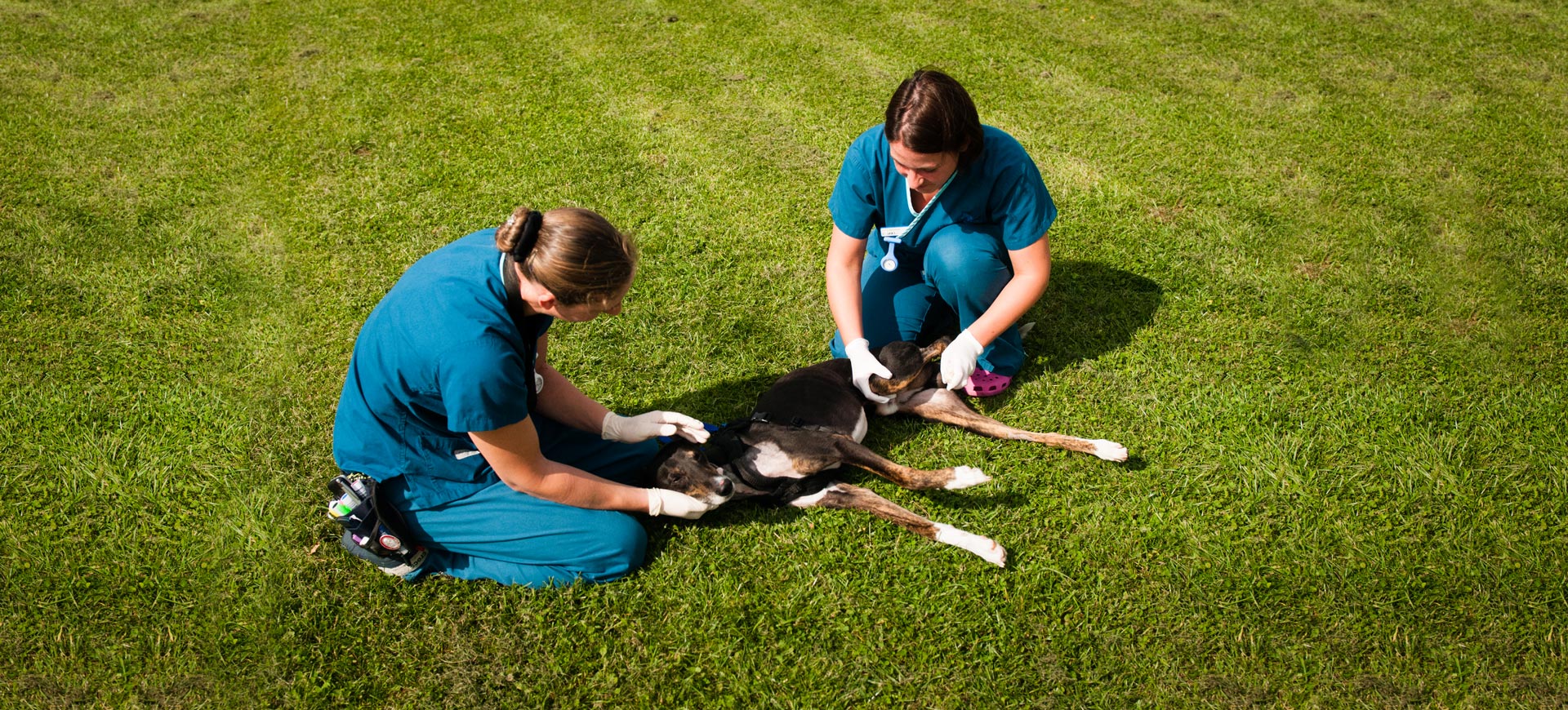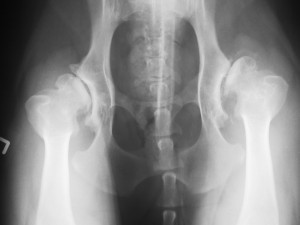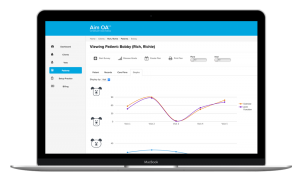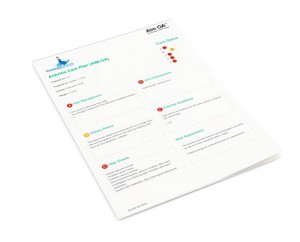
Osteoarthritis is by nature, a complex disease, therefore any successful form of treatment is unlikely to be straightforward. 1 in 5 adult dogs presented to vets are suffering from OA and the disease is now the most common cause of pain and disability in dogs. Out of the 9m dogs in the UK, 1.8m will develop OA and the number of cases is rising significantly.
Without the correct treatment, OA creates a cycle of chronic pain; immobility, joint deterioration, muscle deterioration, increased stress on joint, cartilage and ligaments, deterioration of articular cartilage, inflammation, more pain – a downward spiral effect and the worst possible quality of life imaginable for the patient.
Complete therapy delivered by a single approach is well on its way out, as you would expect. Why would we continue to treat the same problems with the same solutions only to get the same results ie a sub-optimal outcome – no way forward, a pain filled rather than a pain free life for the patient?
 According to the US National Cancer Institute, multimodal or multimodality treatment is ‘therapy that combines more than one method of treatment’. The phrase emanated from an approach to treating mental illness whereby a better response could be produced when a number of different types of treatment were combined. The concept of multimodality is now commonplace in many areas of medicine and now, veterinary medicine.
According to the US National Cancer Institute, multimodal or multimodality treatment is ‘therapy that combines more than one method of treatment’. The phrase emanated from an approach to treating mental illness whereby a better response could be produced when a number of different types of treatment were combined. The concept of multimodality is now commonplace in many areas of medicine and now, veterinary medicine.
And why wouldn’t it be? It’s common sense to think that narrow treatment options are exactly that, and in many cases flawed and that better results can be achieved by approaching a problem from a number of angles. This multifaceted approach has many proven benefits over singular treatment methods, especially when used to treat arthritis and manage pain.
One of the most important factors when following a multimodal approach is in looking at the patient from a holistic point of view – weight, age, breed, nutrition, exercise and then building a treatment plan taking all of these factors into account.
 The components of a multimodal plan to relieve pain and inflammation, improve the quality of life for the patient and effectively treat canine OA are likely to include NSAIDs, weight control through nutrition, exercise, nutraceuticals and adjunct treatments such as cold or heat pad application, massage or as a last resort, surgery.
The components of a multimodal plan to relieve pain and inflammation, improve the quality of life for the patient and effectively treat canine OA are likely to include NSAIDs, weight control through nutrition, exercise, nutraceuticals and adjunct treatments such as cold or heat pad application, massage or as a last resort, surgery.
The AIM OA System launched last year offering the veterinary profession a revolutionary new tool for successfully reducing pain and managing OA.
Designed to provide practices and pet owners with one common system for osteoarthritis management, the system uses a multi-modal approach, focusing on six key areas of the management of arthritis – A – Analgesia, B – Body Condition Score and diet, C – Care with environmental and drug toxicity issues, D – Disease modifications, E – Exercise, F – Follow up.
AIM OA is delivered via a cloud based app, enabling pet owners and vets to work together to build a totally bespoke plan for each individual patient to offer the best possible conditions for ongoing care.
Aim OA has been developed by two of the world’s leading veterinary clinicians in the canine orthopaedic and rehabilitation disciplines, Professor Stuart Carmichael an RCVS specialist in orthopaedics and a recognised authority on osteoarthritis and Dr David Prydie, one of the world’s leading canine rehabilitation practitioners.
The system is web based and consists of a series of questions for the pet owner that can be completed in the waiting room on an iPad or on a web enabled device, and a series of questions for the vet, based on their clinical examination of the patient.

The system then uses an algorithm to generate suggestions for each of the six areas for management, creating a traffic light system plan highlighting areas for focus which can be printed off and given to the owner along with the recommended exercises. Science and technology working in perfect harmony.
Using the broad knowledge and experience of world OA experts, AIM OA has been designed to be easy to use and apply in every day practice and to engage and involve the pet owner in their pet’s long term treatment plan – one of the most critical aspects of successful pain management and on going treatment for OA.
The system is evidence based, monitoring and evaluating the patient over time with the flexibility to adapt to the specific needs of that patient over time. Having one integrated system is hugely beneficial in terms of the resources of both the practice and the client and ultimately delivers effective management for this chronic condition whilst bonding clients to their veterinary practice.
AIM OA Sys is being rolled out across veterinary practices in the UK now.
If you’d like a demo, please give us a call and the team will be happy to walk you through the system and arrange for your to trial free of charge.
You can find out more information here.

Read what the veterinary press have been saying about AIM OA Sys here.